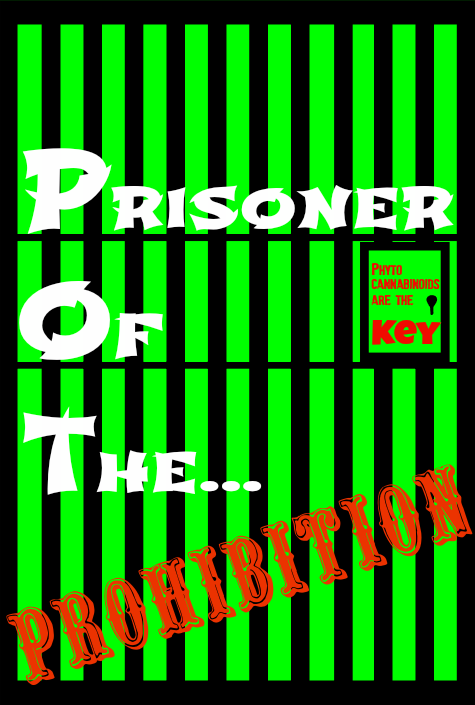 [Epub ahead of print]
[Epub ahead of print]Complex interaction between anandamide and the nitrergic system in the dorsolateral periaqueductal gray to modulate anxiety-like behavior in rats.
Source
Department of Pharmacology, School of Medicine of Ribeirão Preto, Ribeirão Preto, SP; Center for Interdisciplinary Research on Applied Neurosciences (NAPNA), University of São Paulo, Brazil. Electronic address: sabrinalisboa@usp.br.
Abstract
Stimulation of cannabinoid CB1 receptors or inhibition of nitric oxide synthase (NOS) in the dorsolateral periaqueductal grey (dlPAG) decreases anxiety-like behavior. Moreover, activation of CB1 receptors attenuates flight responses induced by nitric oxide (NO) donors in the dlPAG, suggesting that endocannabinoids and NO could interact to control defensive responses such as anxiety-like behavior. To test this hypothesis male Wistar rats received intra-dlPAG microinjections of anandamide (AEA) or NO inhibitors and were tested in the elevated plus maze (EPM). Combined administration of low and ineffective doses of AEA and the NO scavenger (c-Ptio), the nNOS inhibitor (NPA) or the soluble guanylate cyclase inhibitor (ODQ) induced anxiolytic-like effects. The CB1 receptor antagonist AM251, but not the GABAA receptor antagonist bicuculline, attenuated the effect induced by AEA + c-Ptio combination. No effect, however, was found when anxiolytic doses of these same drugs were administered together. Combination of higher, ineffective doses of AEA and c-Ptio, NPA or ODQ was again anxiolytic. The effect of the former combination was prevented by low and ineffective doses of the GABAA receptor antagonist bicuculline or the GABA synthesis inhibitor L-allilglycine, suggesting that they depend on GABAA-mediated neurotransmission. AM251 was also able to attenuate this effect, indicating that in the presence of NO inhibition, the resultant anxiolytic-like effect could be due to AEA action on CB1 receptors. The present results suggest that the AEA and nitrergic systems exert a complex functional interaction in the dlPAG to modulate anxiety behavior, probably interfering, in addition to glutamate, also with GABAergic mechanisms.
© 2013 Published by Elsevier Ltd.
© 2013 Published by Elsevier Ltd.
KEYWORDS:
Anandamide, Anxiety, GABA, Glutamate, Nitric Oxide, periaqueductal grey
- PMID:
- 23899460
- [PubMed – as supplied by publisher]

